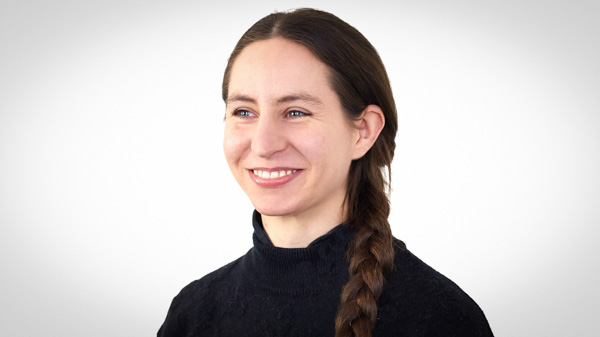Making sense of our connected world

Reference Management
This blog post is a modified and shortened sneak-preview version of an article about Reference Management, co-written with Martin Fenner and Sönke Bartling. The article will be published in a book on Open Science edited by Sascha Friesike and Sönke Bartling.
From index cards to collaborative digital libraries
Researchers today are facing an ever increasing amount of publications. To keep an overview of the multitude of different sources is no easy task. Managing one’s personal collection of references can be time consuming and tedious. While in the past references were written on index cards and kept in boxes, today they are stored in digital formats which can be easily shared with other researchers and even edited collaboratively. There are plenty of tools that can help researchers with managing the accumulated material. But choosing the “best reference manager” out of the available array of tools is not as simple as it might seem. On the one hand each reference manager has its advantages and disadvantages. On the other hand researchers have different workflows. Thus, the “best reference manager” is probably the one with the greatest match between its functionality and the researcher’s workflow.
What reference managers can do for you
Reference managers can support researchers in the following basic research tasks: searching, storing and writing (Fenner, 2010). Many reference managers provide the functionality to search for publications; some even make suggestions which publications might be of interest to the researcher based on their profiles.
Furthermore, most reference managers automatically extract metadata from PDFs, databases and even websites. Even though this does not always happen with absolute accuracy it nevertheless saves a lot of manual work.
References can be organised in folders and sub-folders; references can also be tagged. All reference managers support importing and exporting references to and from the reference manager. Furthermore, all of them offer ways to integrate text editing software. Some reference managers have an integrated PDF viewer which allows for storing the entire text of a publication. Moreover, PDFs can be annotated and the annotations can be shared with other users.
There are some reference managers who harness the wisdom of crowds by facilitating the exchange of references and open access papers. Just like in other social networks users can create profiles and connect with other people. They can create private as well as public groups and maintain a shared digital library collectively.
Another task that is made easier thanks to reference mangers is formatting references in a required citation style. There is a vast number of different citation styles and each journal has its own standard. Thus, when submitting a paper to more than one journal, adjusting references can be automated thanks to reference management software. All reference managers cover the most commonly used citation styles and many offer the functionality to edit the available styles using CSL. The table below provides an overview of the basic features of seven popular reference managers.
Overview of basic features of reference managers
(for comparison see also the previous version)
What reference managers cannot do for you (yet)
What makes reference management complicated is on the one hand the multitude of bibliographic styles (at least 5000) as well as different formats alongside each other and on the other hand a lack of generally accepted standards. In spite of attempts to agree on standard formats (such as for example BibTeX or RIS as well as CSL and DOI) there is often little interoperability between the different tools.
As mentioned above, most reference managers automatically extract bibliographic metadata but due to the lack of a common standard this does not always work seamlessly. Especially extracting information from non-textual sources is not well supported yet.
Even though adjusting citation styles to the required format is automated to a large extent, would it not be easier to have one universal citation style used worldwide? Of course, this is wishful thinking. But perhaps we will see greater adherence to standard formats and a greater interoperability between the various available tools.
This post represents the view of the author and does not necessarily represent the view of the institute itself. For more information about the topics of these articles and associated research projects, please contact info@hiig.de.

You will receive our latest blog articles once a month in a newsletter.
Research issues in focus
Escaping the digitalisation backlog: data governance puts cities and municipalities in the digital fast lane
The Data Governance Guide empowers cities to develop data-driven services that serve citizens effectively.
Online echoes: the Tagesschau in Einfacher Sprache
How is the Tagesschau in Einfacher Sprache perceived? This analysis of Reddit comments reveals how the new simplified format news is discussed online.
Opportunities to combat loneliness: How care facilities are connecting neighborhoods
Can digital tools help combat loneliness in old age? Care facilities are rethinking their role as inclusive, connected places in the community.




